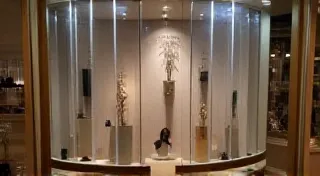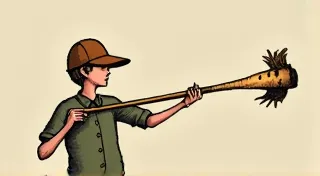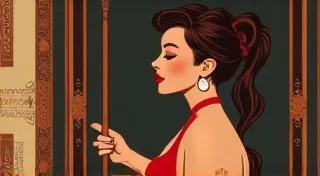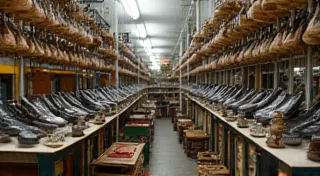Shoehorn Styles: From Simple to Ornate - A Collector's Guide
The humble shoehorn. Often overlooked in discussions of vintage fashion and accessories, these tools played a vital role in preserving footwear and adding a touch of elegance to the dressing process. For collectors, vintage shoehorns offer a fascinating window into the past, reflecting evolving fashion trends, materials available, and the craftsmanship of bygone eras. This guide will explore the diverse styles of vintage shoehorns, highlighting their unique characteristics and appealing to both seasoned collectors and those just beginning their journey. Understanding the context of their use, and how essential they were, reveals much about the era; it's a history lesson you can hold in your hand. In fact, the popularity of shoehorns wasn't always guaranteed, with their rise and fall intertwined with changing fashions. For a deeper dive into the history of shoehorns, check out The Rise of the Shoehorn: A Fashion Essential Through the Ages.
For much of the 18th and 19th centuries, whalebone (baleen) reigned supreme as the material of choice for shoehorn construction. Harvested from the mouths of baleen whales, this strong, flexible material was ideal for gently easing feet into fitted shoes. Whalebone shoehorns are often characterized by their elegant curves and smooth surfaces. They frequently feature carved handles, sometimes incorporating floral motifs, animals, or even personalized inscriptions. The sheer availability of whalebone, largely fueled by the whaling industry, meant these were relatively common, though well-preserved examples with intricate carvings command a higher price.
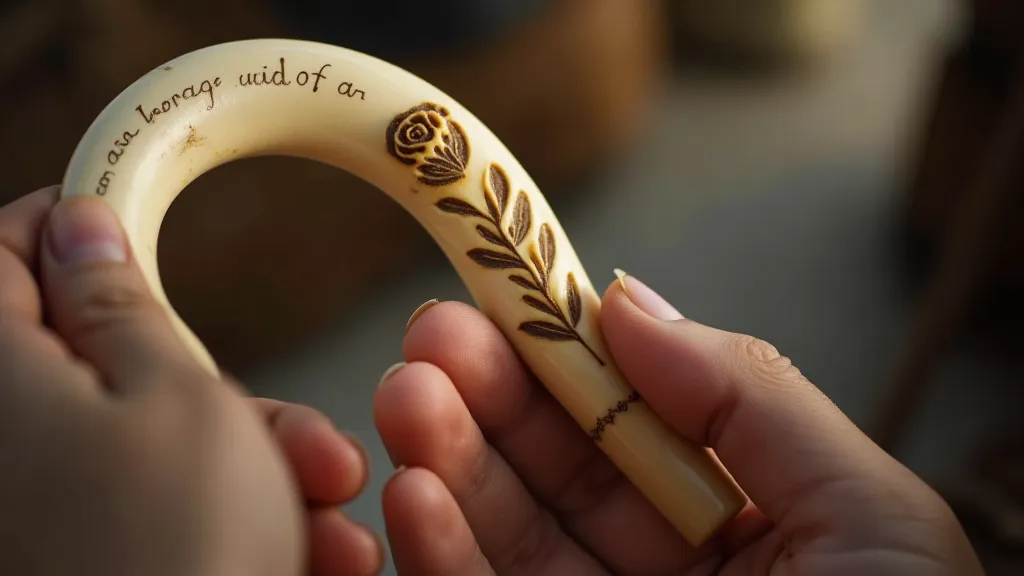
While whalebone was the luxury choice, horn – typically cow horn – provided a more readily available and affordable alternative. Horn shoehorns were often quite functional, though less likely to feature the elaborate carving seen on their whalebone counterparts. They can be found in a wide variety of shapes and sizes. Their utilitarian nature means they were frequently used and may show signs of wear, but this can also add to their charm and tell a story of everyday life. Consider the various materials used beyond horn and whalebone. If you’re looking for a comprehensive guide to identifying antique shoehorn materials, including wood, metal, and more, see Identifying Antique Shoehorn Materials: Ivory, Wood, Metal & More.
For those seeking a truly opulent accessory, silver shoehorns represent the pinnacle of vintage collecting. Often hallmarks stamped with the maker's mark and date, silver shoehorns were status symbols, showcasing wealth and refinement. They can be plain and simple, or exquisitely engraved with intricate designs, personalized monograms, or scenes. The quality of the silver and the skill of the engraving significantly impact their value. The elegance of silver wasn't just about the metal itself; it was a statement about the owner's position in society. Perhaps you’re thinking about gifting a vintage piece to someone special. You might be surprised to learn about a Victorian tradition centered around giving shoehorns as gifts – explore Shoehorns as Gifts: A Victorian Tradition.
Beyond the material itself, the artistry applied to shoehorns adds another layer of collectibility. Carved shoehorns, found in various materials like ivory (though acquiring these can present ethical and legal complexities – see the note at the end), horn, and even wood, represent the skill of dedicated artisans. These carvings can range from simple floral motifs to elaborate depictions of animals, landscapes, or historical figures. The intricacy and quality of the carving directly influence the shoehorn’s value. The skill of the artisan isn't always apparent at first glance, but truly exceptional carvings demonstrate a mastery of the craft. Consider how these carvings tell stories and reflect the cultural values of the time.

The late 19th and early 20th centuries saw the rise of telescopic shoehorns – a clever innovation designed for portability and convenience. These consist of multiple sections that slide within each other, allowing the shoehorn to be collapsed into a compact size, often housed in a protective case. Telescopic shoehorns were particularly popular with travelers and those who valued practicality. The mechanics of these early examples are fascinating in their own right, a testament to Victorian ingenuity. The increasing desire for portability shaped design and functionality.
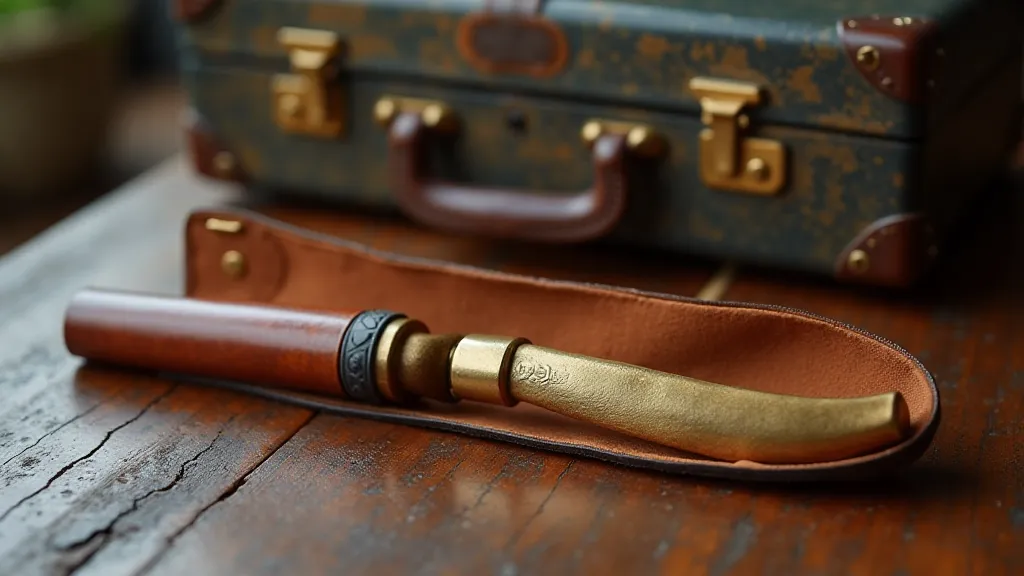
As with any collectible, rarity and condition play crucial roles in determining value. Unique designs, unusual materials, and limited production runs command higher prices. Condition is paramount – a shoehorn in pristine condition, free from cracks, chips, or excessive wear, will always be more valuable than one in poor condition. Originality is also key; modifications or repairs can detract from a shoehorn’s value. The passage of time inevitably takes its toll, but a shoehorn that has been carefully preserved can be truly remarkable. Think about the stories a worn shoehorn might tell – who used it, where did it go?
Proper care will help preserve your vintage shoehorns for generations to come. Store them in a dry, dust-free environment. Avoid exposing them to extreme temperatures or humidity. Gently clean them with a soft cloth. For silver shoehorns, consider occasional polishing with a silver cleaner specifically designed for antique items. Understanding how materials react to environmental factors is vital in maintaining their condition.
Collecting vintage shoehorns offers a fascinating glimpse into a bygone era, revealing the ingenuity and artistry of previous generations. From the elegance of whalebone to the practicality of telescopic designs, each shoehorn tells a unique story. By understanding the different styles, materials, and characteristics, you can embark on a rewarding collecting journey and appreciate these often-overlooked treasures. The humble shoehorn, a small object with a significant history – a fitting symbol of a time gone by.
